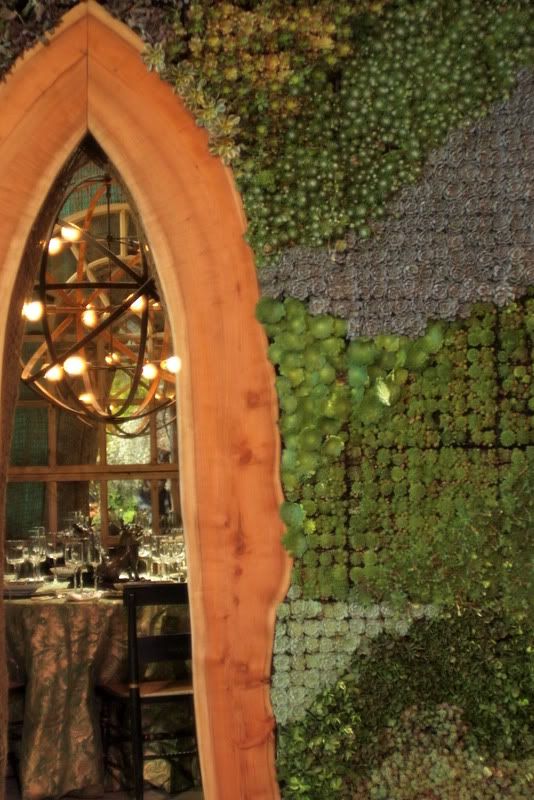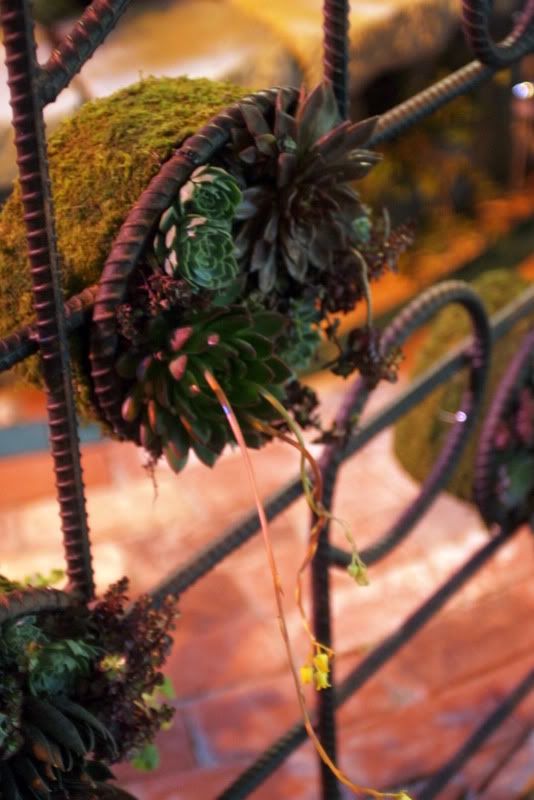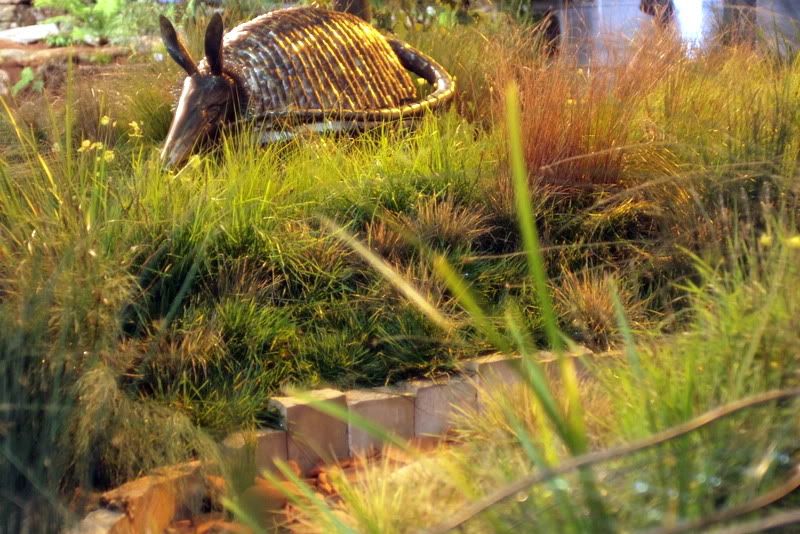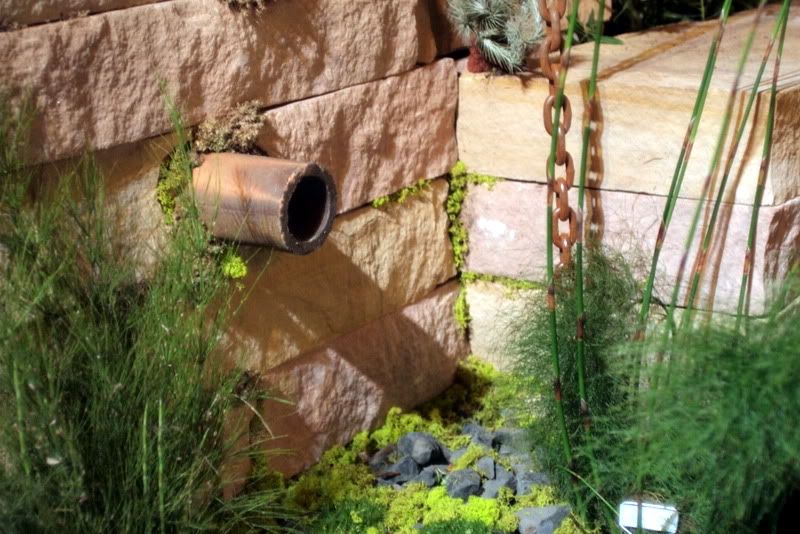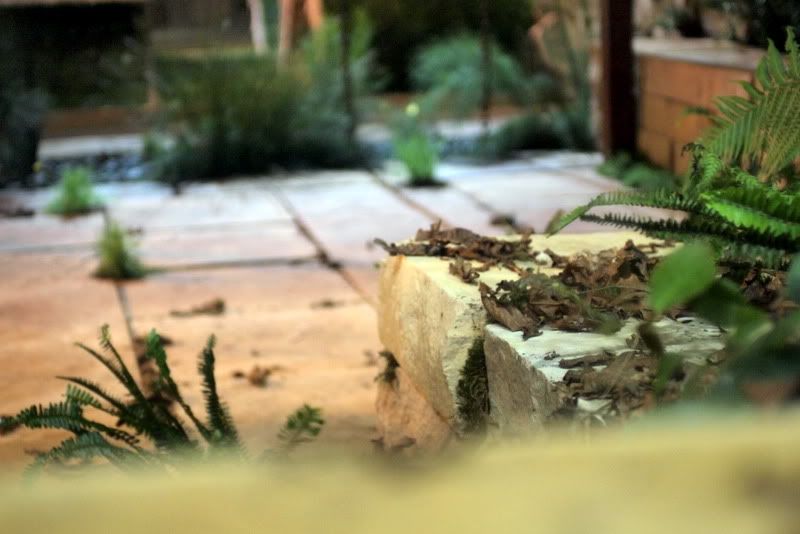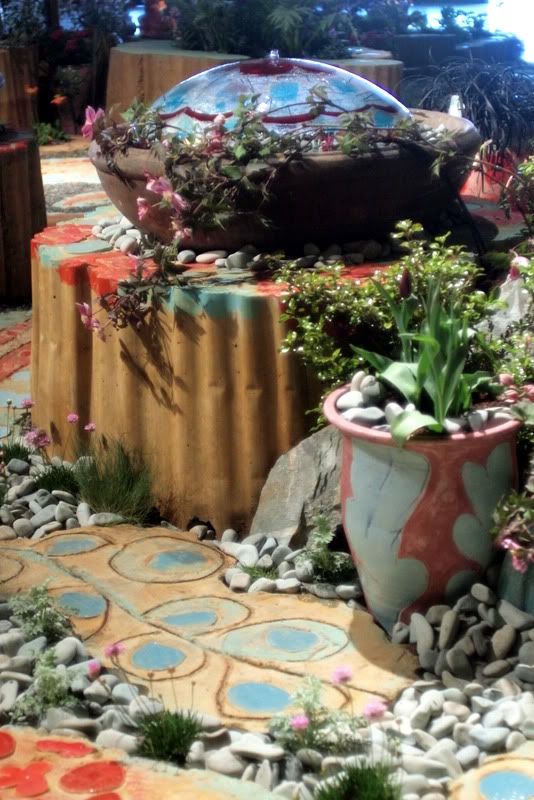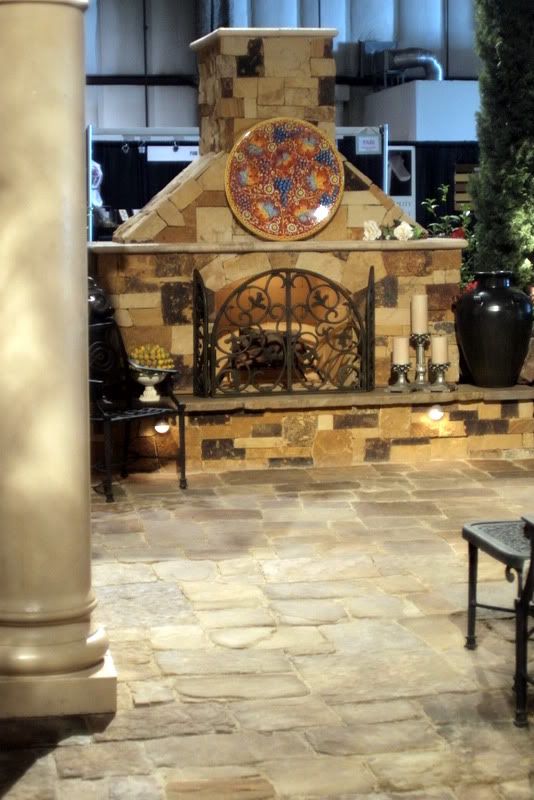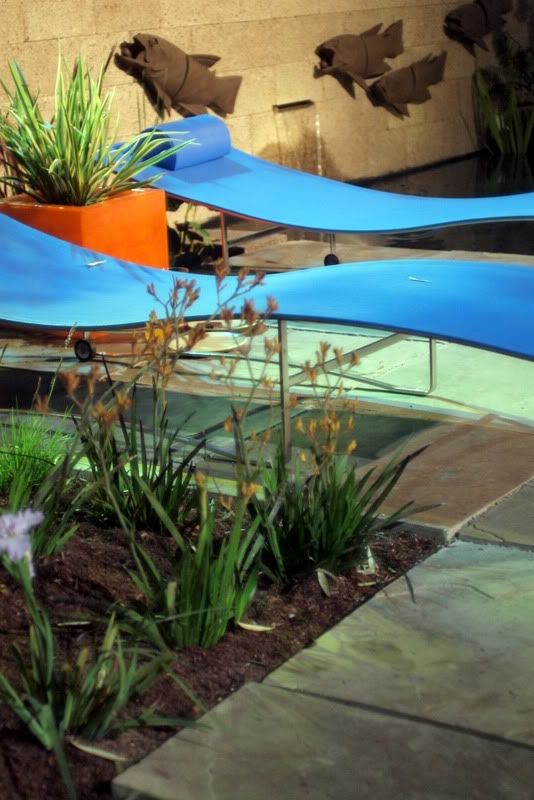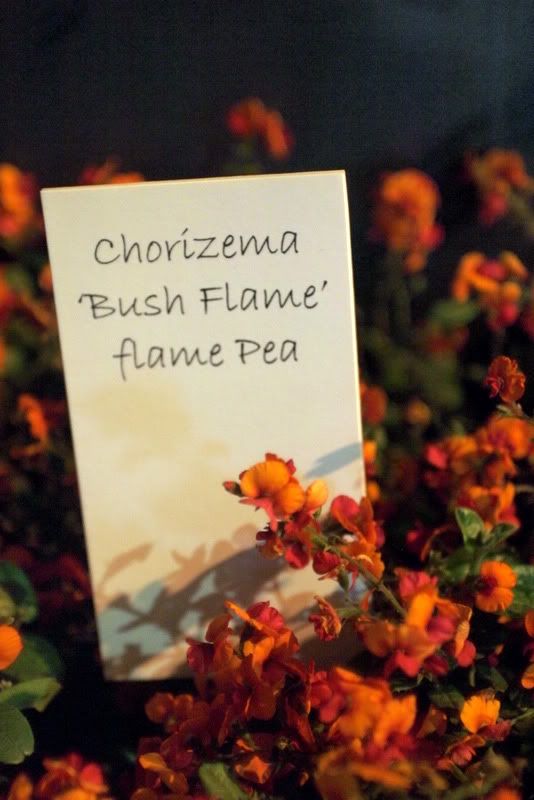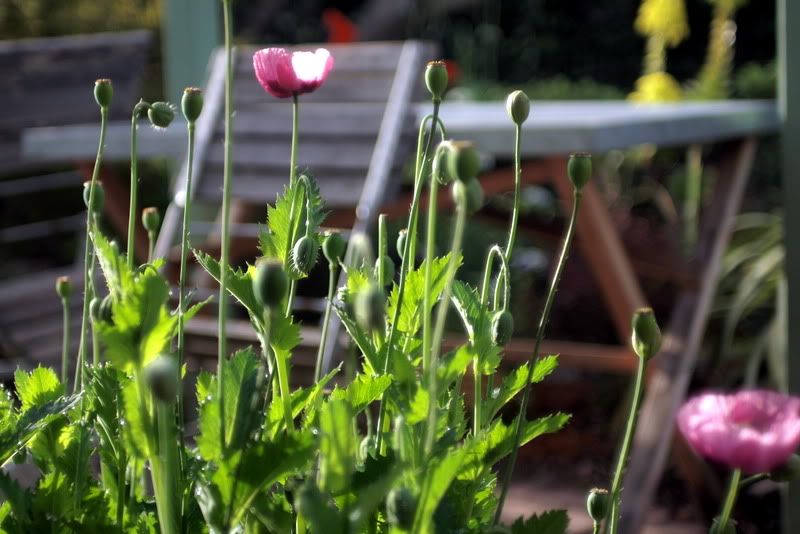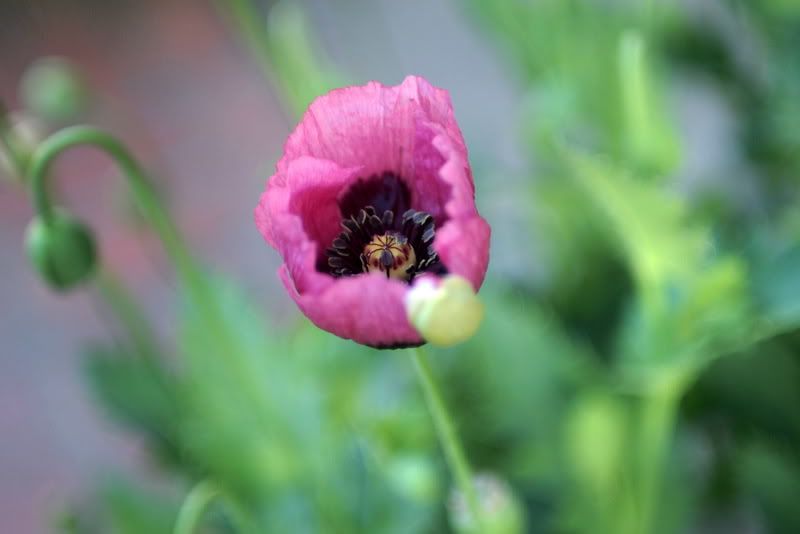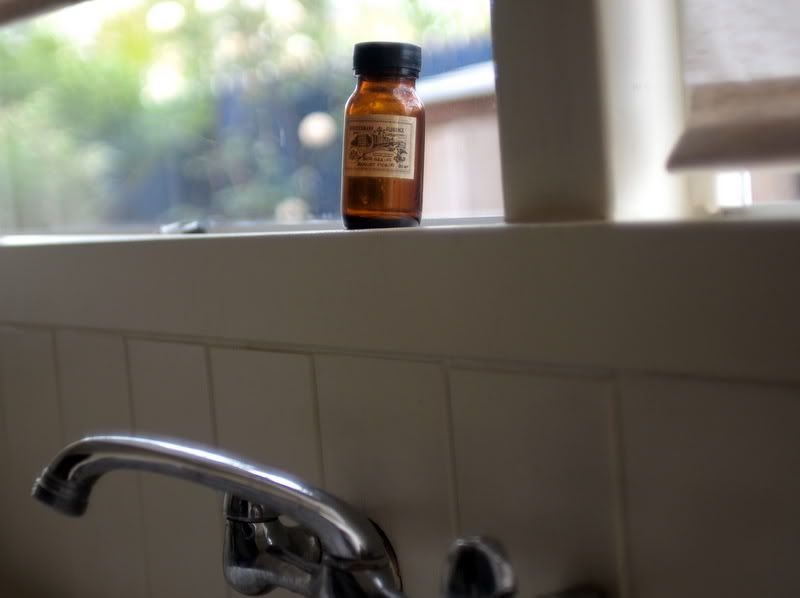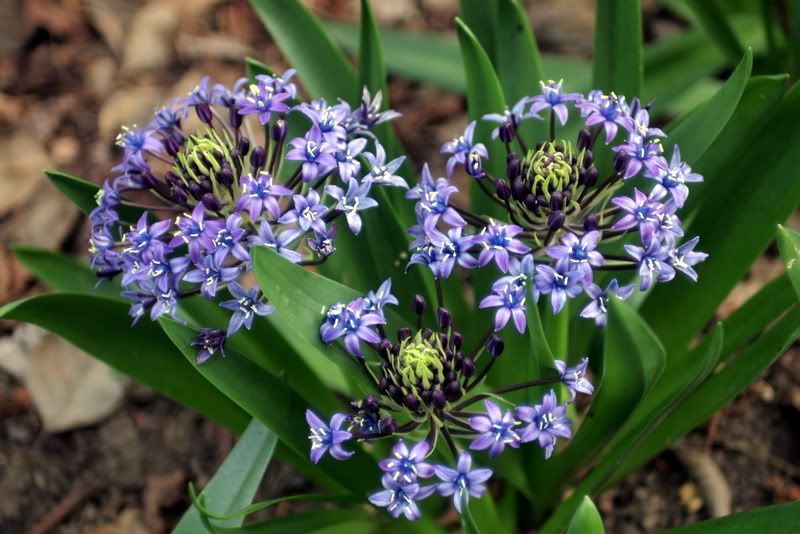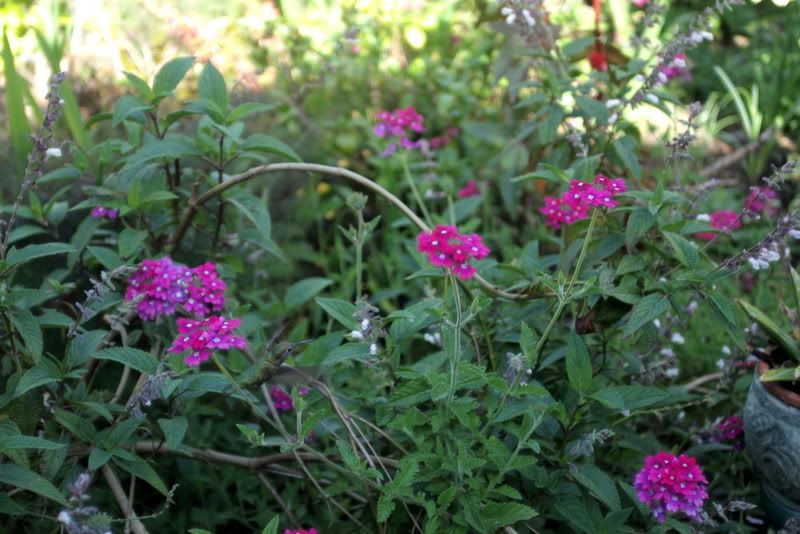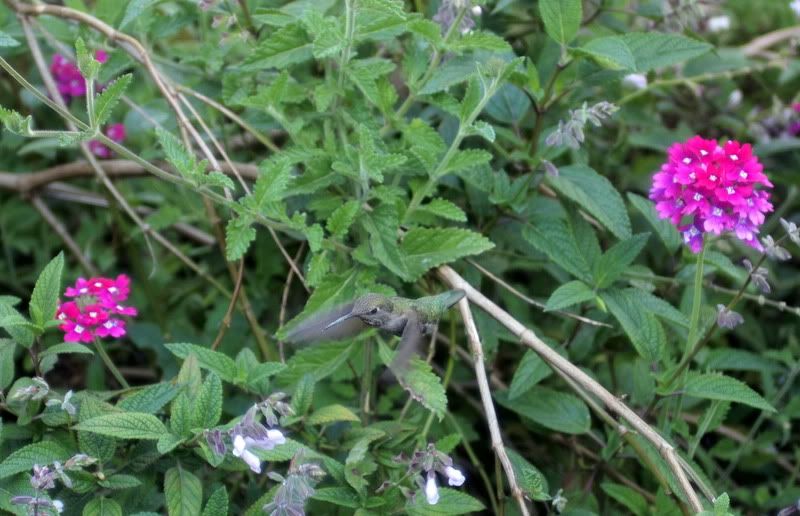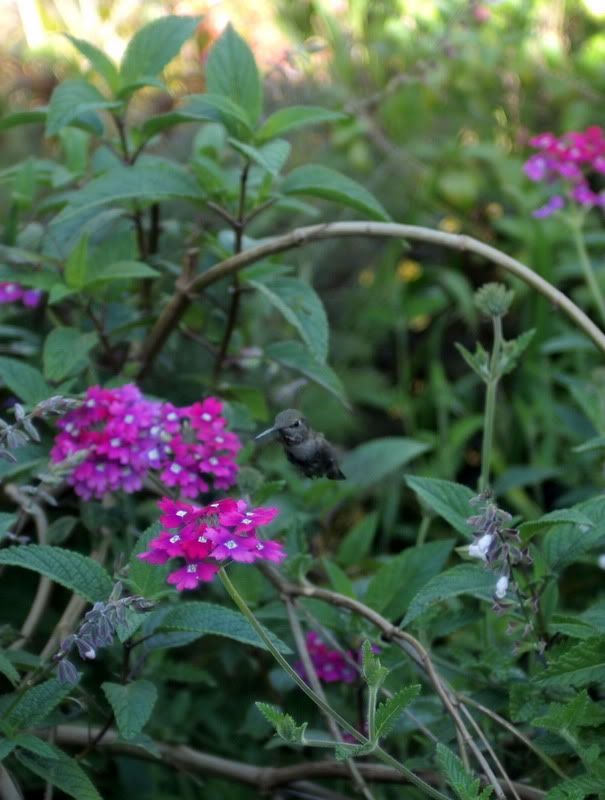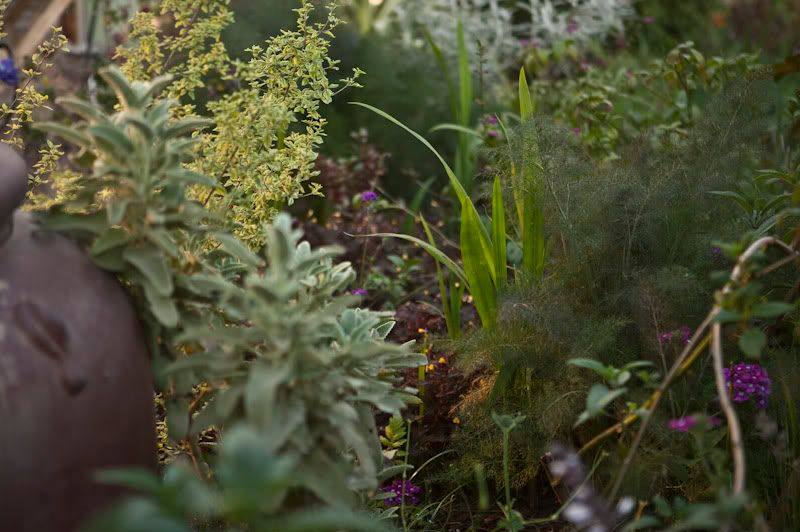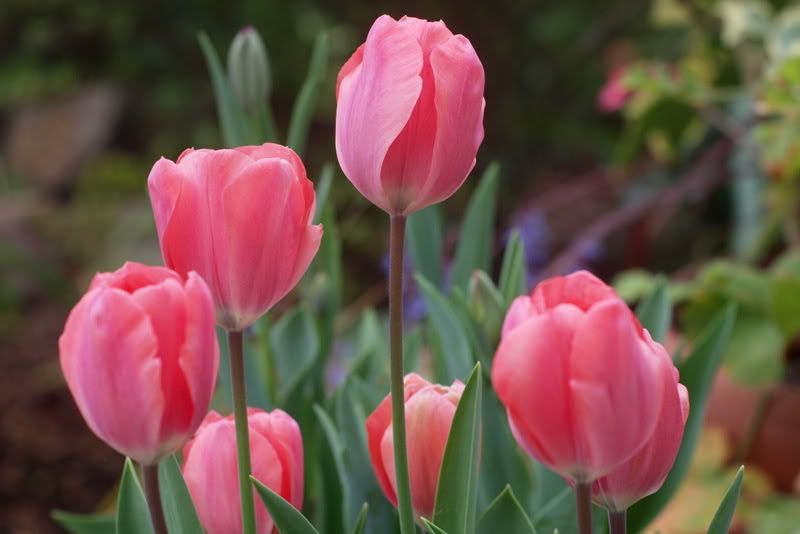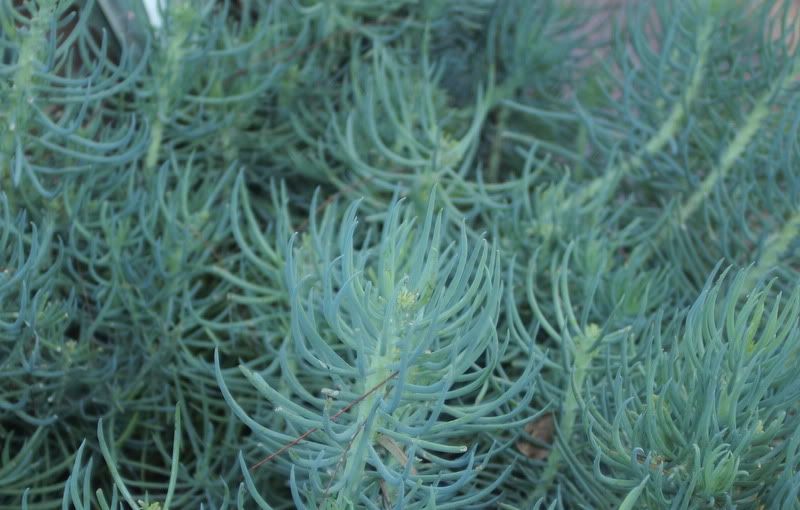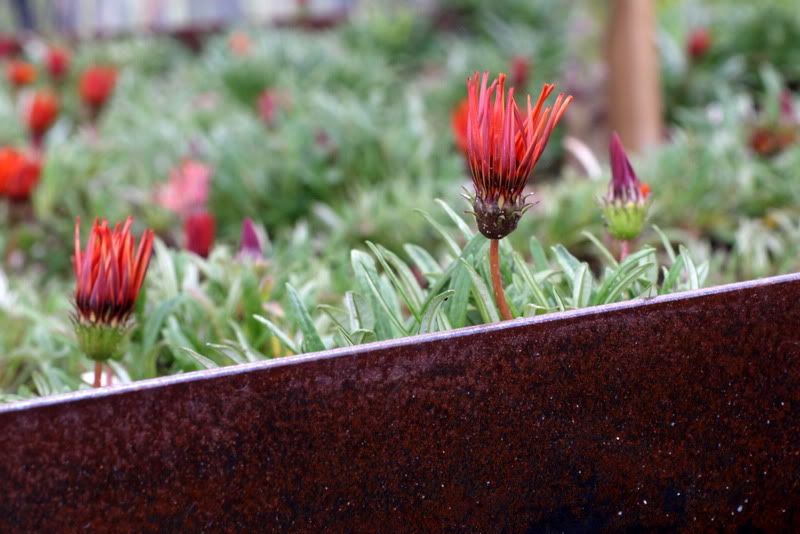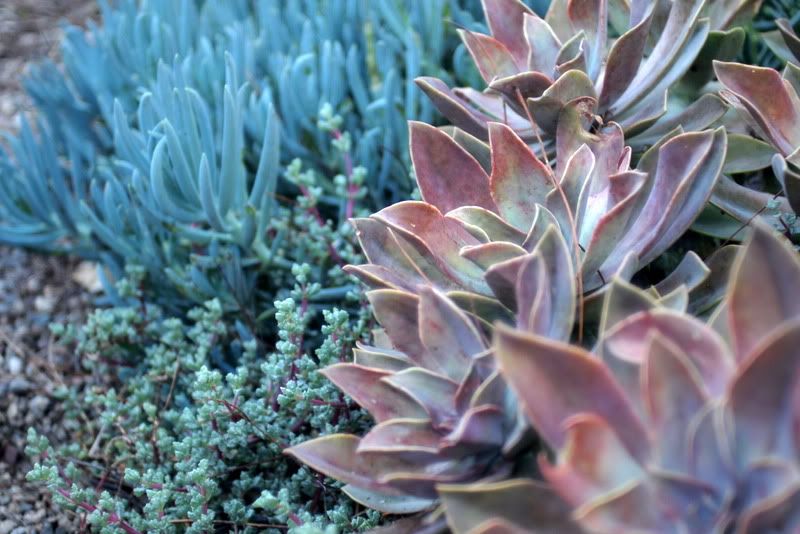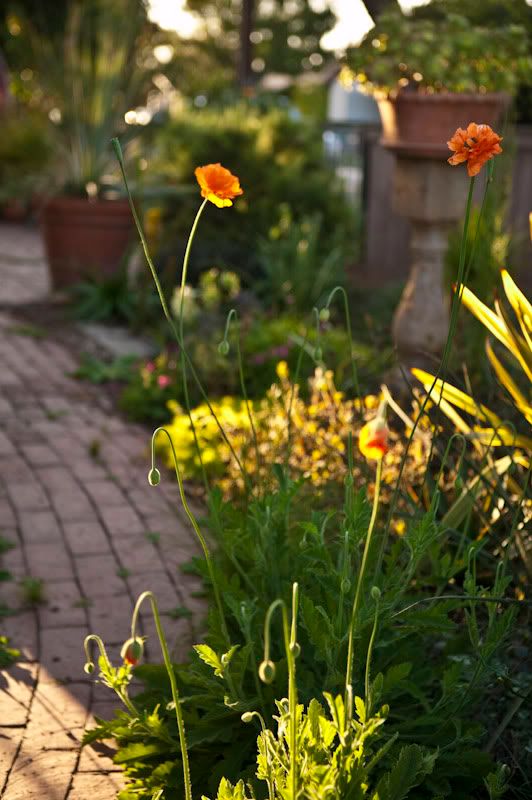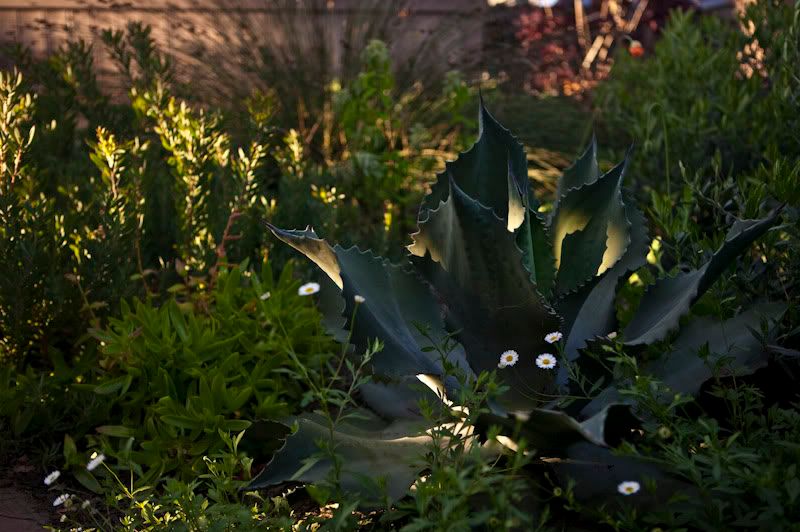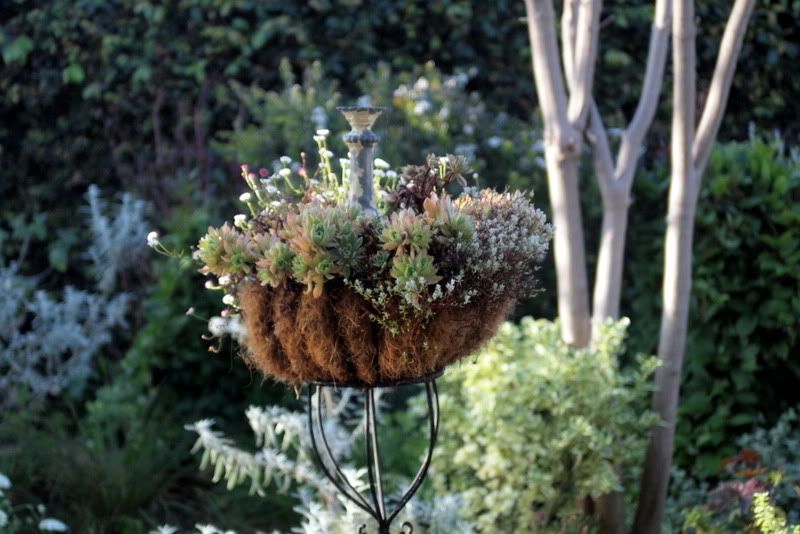Can there exist a more potent rite of spring than the garden show road trip?
Can’t think of any offhand. This week’s road trip was up to the San Francisco Flower & Garden Show, continuing through this weekend.
Driving up from Los Angeles, about seven hours, Highway 5 through the Central Valley. On the CD player, Vampire Weekend, interspersed with a couple old novels on audio, The French Lieutenant’s Woman and, yes, Moby Dick. Call me excited, Ishmael.
The West Coast’s main garden shows, the San Francisco and Seattle Northwest Garden Show, gave us a bit of a cliffhanger last year when the current owner called it quits. A buyer finally stepped in, so the relief to garden show junkies was palpable when both shows got the green light for spring 2010. The SF show moved venue out of SF to San Mateo. I went up with photographer MB Maher, whose vastly superior photos are still unprocessed, so this is a sprinkling from my camera. (Edited 3/27/10. See Dirt Du Jour’s post with a slideshow of MB Maher’s photos.) Because previous garden shows always seem to take place in unlit caves, we had picked up some rental lights at Adolph Gasser’s photo equipment shop in SF, but the lights proved to be unnecessary (for a professional anyway), and this year’s venue, though out of the way, was reasonably well-lit.
If there was a theme for the show, it’d be Resistance is Futile. That would be resistance to succulents, which abounded at the show, as exemplified in the giant Borg cube of succulents suspended in a moat by Organic Mechanics in their visual double entendre entitled “The Living Room.” A detail of the cube’s gothic doorway and dining tableau within.
From the “Salvaged Creole Jazz Courtyard,” a detail of the fountain, very Midnight in the Garden of Good & Evil:
From the same garden, succulents suspended in rebar in a treble and bass motif fence:
In “Re-Generation ‘The World Without Us,'” I was told the armadillo does double duty as a BBQ when you roll back his armored plate.
Detail from the same garden, which was a post-apocalyptic-lite vision vastly different from, say, Mad Max or Cormac McCarthy’s The Road. Spare and lean, rust and stone, I understand this was the grand prize winner:
Detail of steps:
At the other end of the spectrum from spare and lean was the cast concrete wonderland by Keeyla Meadows, “The Habitat Dance with a Red Snake.” At first glance, I assumed it was an homage to Tim Burton’s Alice in Wonderland, but the program describes it as inspired by the endangered San Francisco Garter Snake. Whatever its inspiration, children will be delighted.
Typical for garden shows, most of the display gardens seemed intended to demonstrate the contractor’s facility with hardscape for outdoor sitting and eating areas, as in this very traditional treatment:
Those designers daring to exercise restraint, such as Huettl Landscape Architects, stood out amongst the over-the-top displays. “Via Aqua”:
I didn’t make it to the vendor booths, since we were there for the preview and the booths weren’t open yet. I would guess the general gardening public will be pleased with the show, the garden cognoscenti possibly less so, but it’s a solid effort by the new owners. Let’s hope the show continues on next year and attracts more of the talented Bay Area garden designers.
Lastly, a nice touch at the show was fairly diligent plant labeling.

